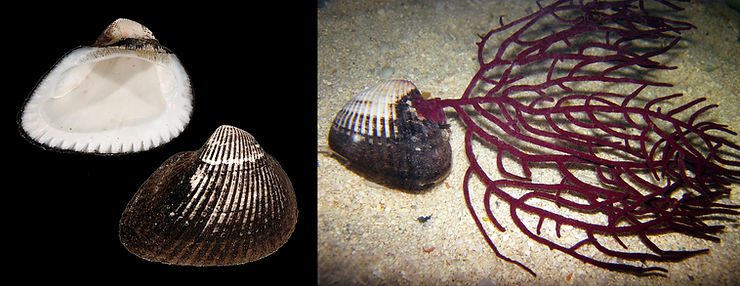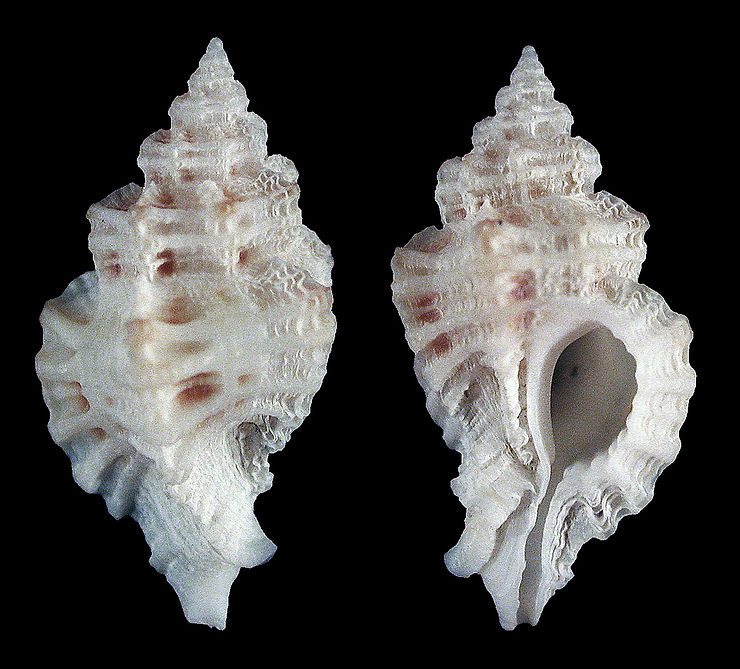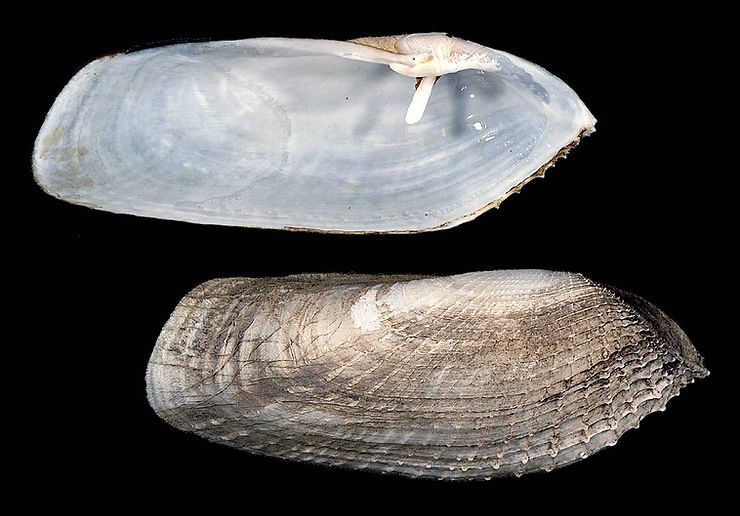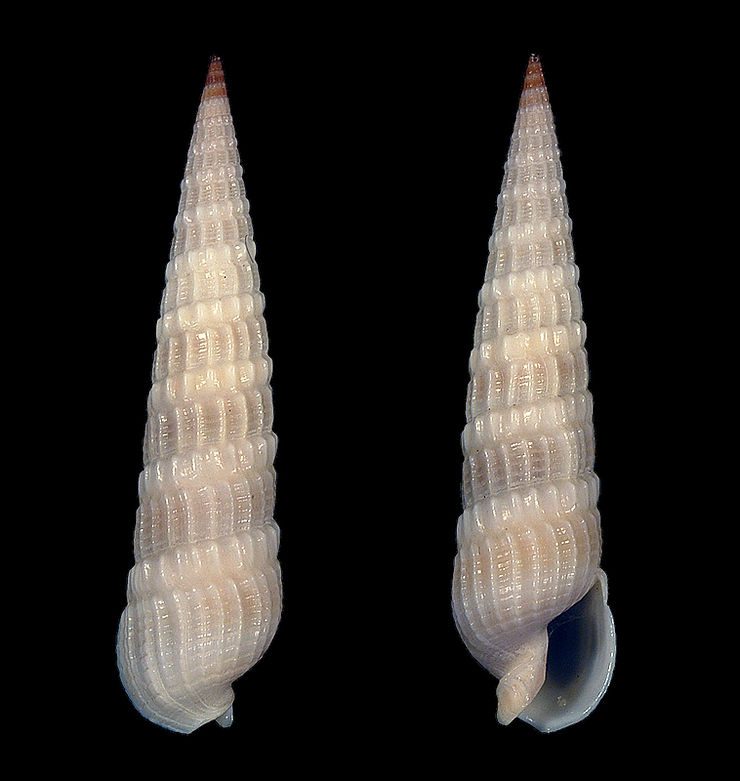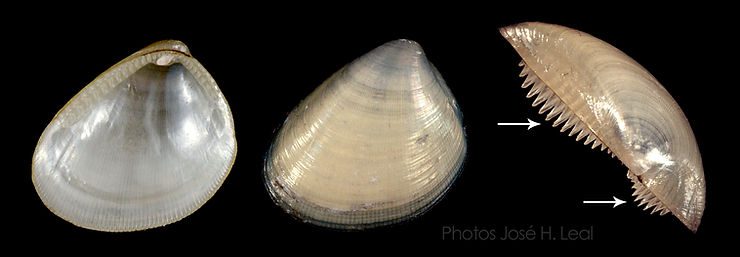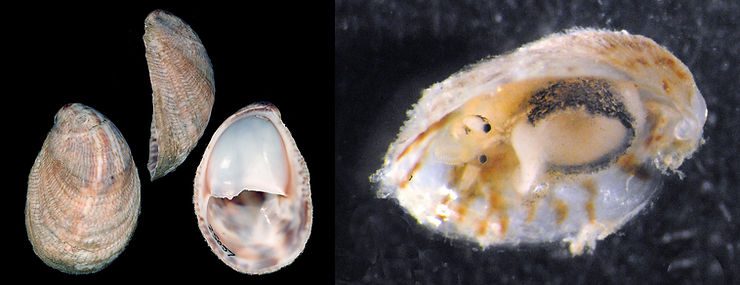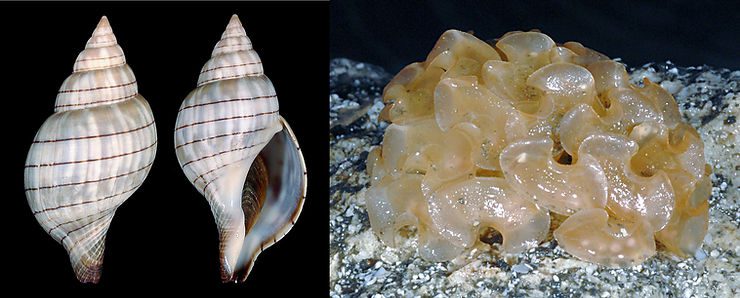
The Banded Tulip
The Banded Tulip, Cinctura hunteria (G. Perry, 1811), is one of the largest and most attractive marine snails found along the barrier islands of Southwest Florida. The species, which may reach in excess of 4 inches in size, is also present in other parts of the Gulf of Mexico, eastern Florida, and northern Caribbean Sea. The smooth, tulip-shaped shell is characterized by the widely spaced, brownish spiral lines set against a light gray background color. The species is related to the True Tulip,
